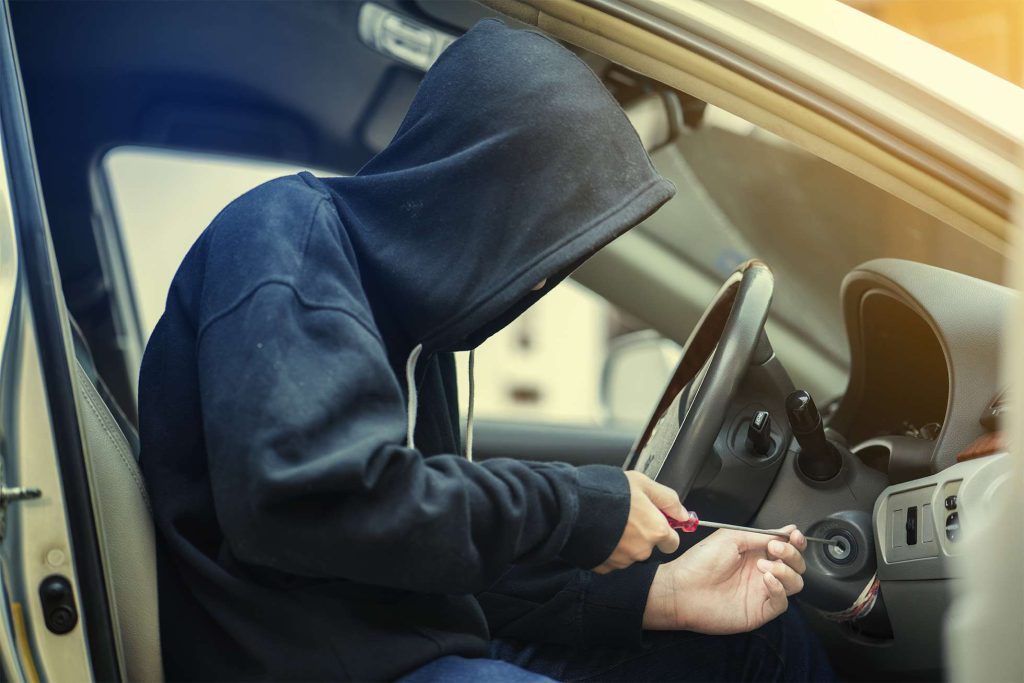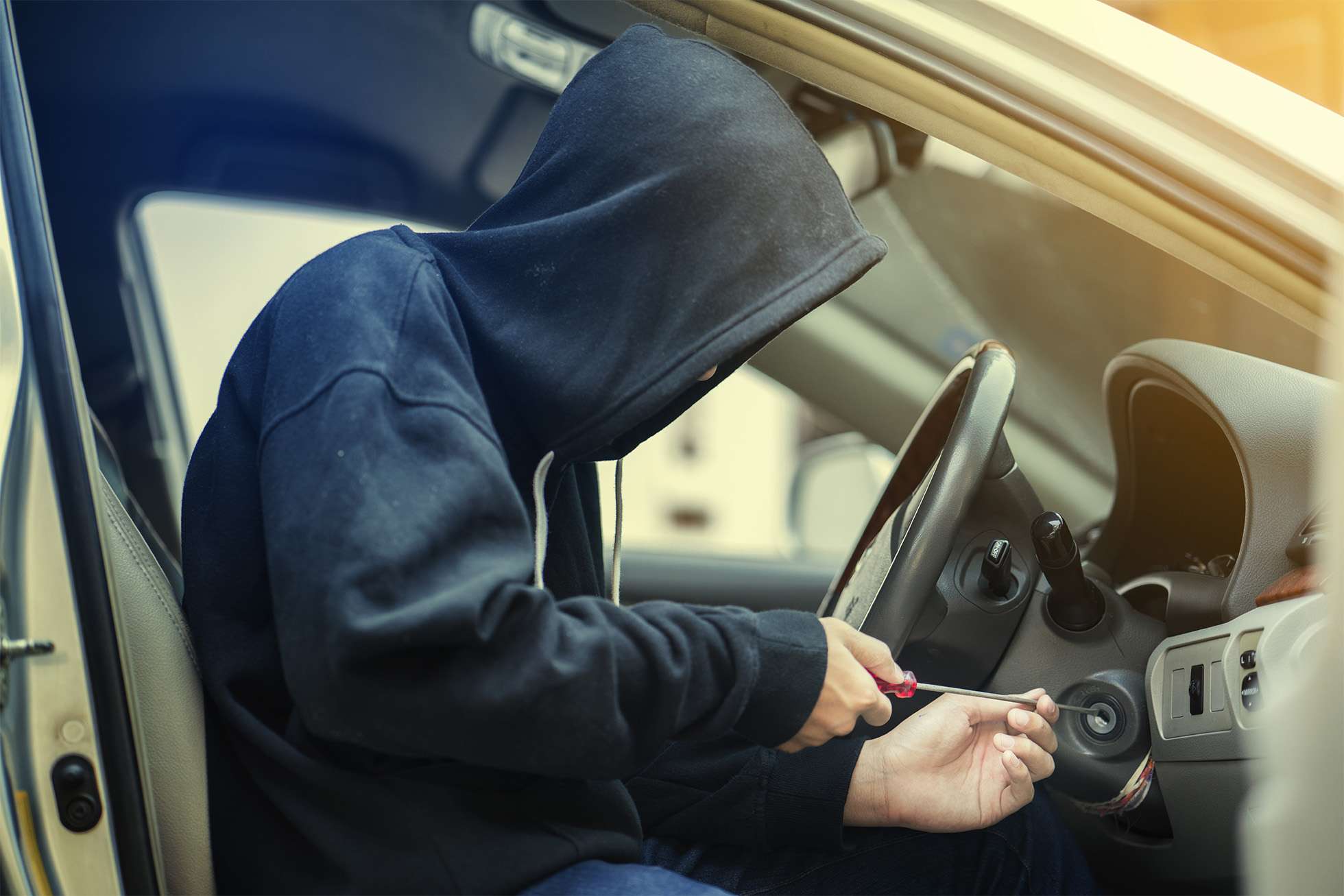
How to Avoid Car Theft During Summer Vacations
Summer vacations are a time for relaxation and adventure, but they also present an opportunity for car thieves. The excitement of travel can sometimes lead to lapses in vigilance, making vehicles prime targets for theft. At the Law Offices of Kyle E. Koester, LLC, we understand the importance of safeguarding your vehicle while you enjoy your vacation. This article provides essential tips for preventing car theft during summer vacations, supported by statistics and Georgia law.
The Rise of Car Theft During Summer
Car theft tends to increase during the summer months due to the higher number of vehicles left unattended in unfamiliar locations. Understanding the risks and taking preventive measures can help ensure your vehicle remains safe.
Statistics:
- According to the National Insurance Crime Bureau (NICB), July and August are peak months for vehicle theft.
- The FBI’s Uniform Crime Reporting (UCR) Program reports that over 721,885 vehicles were stolen in the United States in 2019, with a noticeable spike during the summer months.
Understanding Georgia Laws on Vehicle Theft
Georgia law takes vehicle theft seriously, with stringent penalties for those convicted of such crimes. Understanding these laws can help you better protect your property and know what actions to take if your vehicle is stolen.
Georgia Law:
- Under Georgia Code (O.C.G.A. § 16-8-2), theft by taking is defined as unlawfully taking or being in possession of another’s property with the intent of depriving the owner of it.
- Penalties for vehicle theft can include imprisonment, fines, and restitution to the victim.
Tips for Preventing Car Theft
- Park Smart
Choosing the right parking spot can significantly reduce the risk of theft. Opting for well-lit, busy areas that are easily visible to passersby.
Tips:
- Park in secure, well-lit areas with high foot traffic.
- Avoid parking in isolated or dimly lit locations, especially overnight.
- Use Anti-Theft Devices
Investing in anti-theft devices can deter potential thieves and protect your vehicle. These devices range from steering wheel locks to advanced alarm systems.
Tips:
- Use a steering wheel lock or brake lock to make your car less appealing to thieves.
- Consider installing a car alarm and tracking system to increase security.
- Keep Valuables Out of Sight
Visible valuables can attract thieves. Keep all personal items hidden from view to reduce the temptation for break-ins.
Tips:
- Store valuables in the trunk or take them with you.
- Use a cargo cover to conceal items in the back of your vehicle.
For more on safeguarding your belongings, visit our article on The Importance of First Aid Kits in Your Car During Summer.
- Lock Doors and Windows
It might seem obvious, but many car thefts occur because doors and windows are left unlocked. Always ensure your vehicle is fully secured before leaving it.
Tips:
- Double-check that all doors and windows are locked before walking away.
- Use automatic locking systems if available.
- Avoid Leaving Spare Keys in the Vehicle
Leaving spare keys inside the car is an invitation for theft. Thieves know common hiding spots and can easily find spare keys.
Tips:
- Never leave spare keys in or around your vehicle.
- Consider using a secure key lockbox if you need to leave a spare key nearby.
- Be Vigilant at Rest Stops
During long road trips, rest stops can be a vulnerable time for vehicle theft. Stay alert and take extra precautions when stopping for breaks.
Tips:
- Lock your vehicle even if you are just stepping away for a few minutes.
- Park close to the entrance of rest areas where it is more crowded and visible.
What to Do If Your Car Is Stolen
Despite taking all precautions, car theft can still occur. Knowing what steps to take if your vehicle is stolen can help increase the chances of recovery.
- Report the Theft Immediately
Contact local law enforcement as soon as you realize your vehicle is missing. Provide them with all necessary information to aid in the recovery of your vehicle.
Tips:
- Give a detailed description of your car, including the make, model, color, and license plate number.
- Inform the police of any distinguishing features or marks on your vehicle.
- Notify Your Insurance Company
Reporting the theft to your insurance company promptly can help expedite the claims process and provide you with necessary support.
Tips:
- Provide your insurance company with the police report number and details of the theft.
- Keep copies of all documentation related to the theft and the insurance claim.
- Monitor Online Listings
Thieves may attempt to sell stolen vehicles online. Regularly check online listings and notify the authorities if you come across a listing that matches your vehicle.
Tips:
- Search popular online marketplaces and classified ads.
- Be cautious and verify any suspicious listings with the police.
For more information on legal recourse after a vehicle theft, refer to our detailed guide on Legal Rights After a Summer Car Accident.
Conclusion
Preventing car theft during summer vacations requires vigilance and proactive measures. By parking smart, using anti-theft devices, keeping valuables hidden, locking doors and windows, avoiding leaving spare keys, and staying vigilant at rest stops, you can significantly reduce the risk of theft. For personalized legal assistance and to ensure your rights are protected, contact the Law Offices of Kyle E. Koester, LLC. We are here to support you through every step of the process.
Sources:
- National Insurance Crime Bureau (NICB)
- FBI Uniform Crime Reporting (UCR) Program
- Official Code of Georgia Annotated (O.C.G.A.)
Stay informed by exploring our 100 Deadliest Days of Summer campaign, and travel safely this summer!
Schedule a Woodstock, GA Attorney Consultation
If you or a loved one are suffering injuries caused by the negligence of another driver, contact the Law Offices of Kyle E. Koester, LLC. Our Woodstock attorneys specialize in personal injuries from car accidents, truck accidents, and traumatic brain injuries (TBI).
Don’t wait until it is too late. Call us now at (770) 744-5250 to schedule a consultation.


